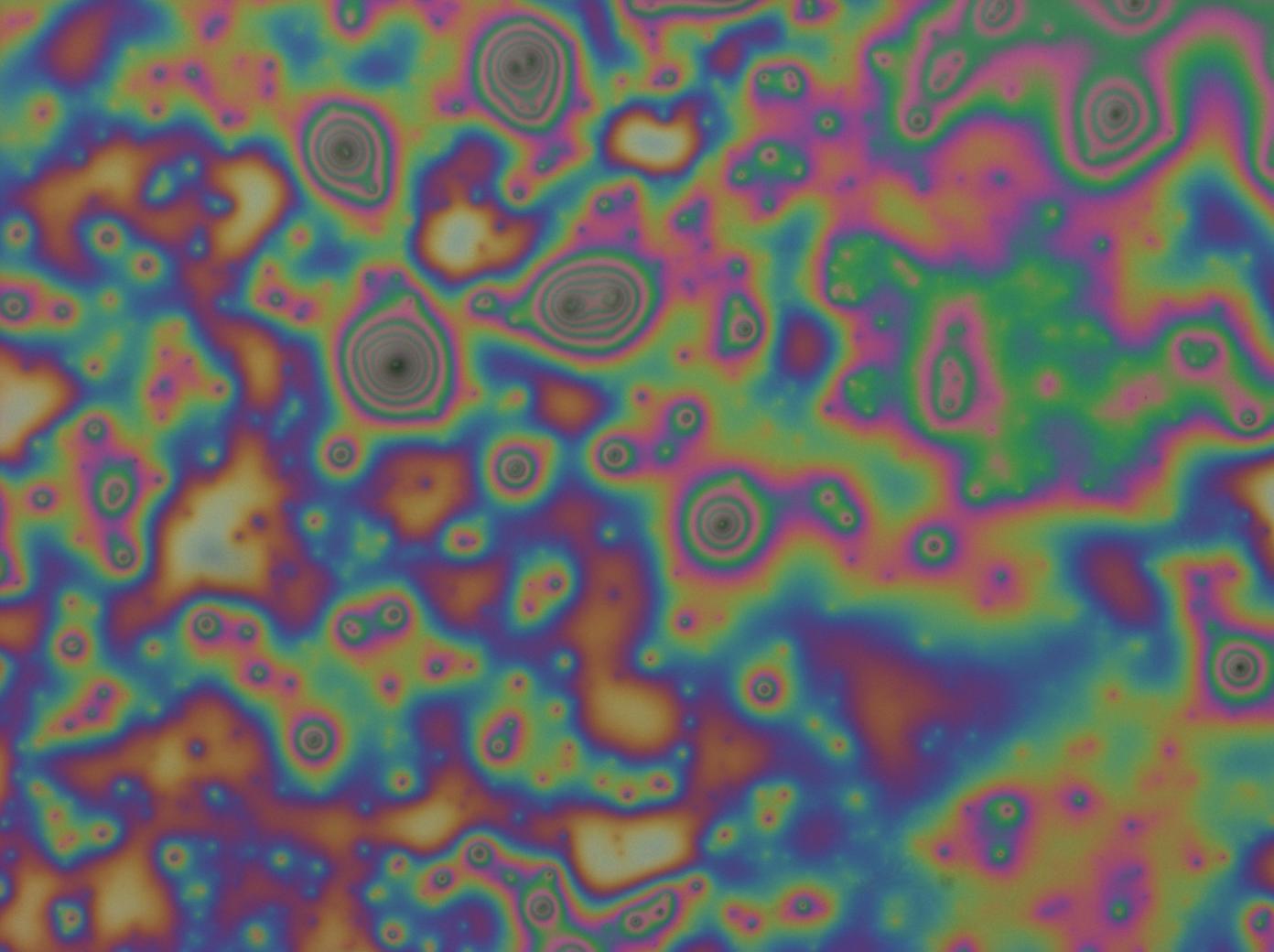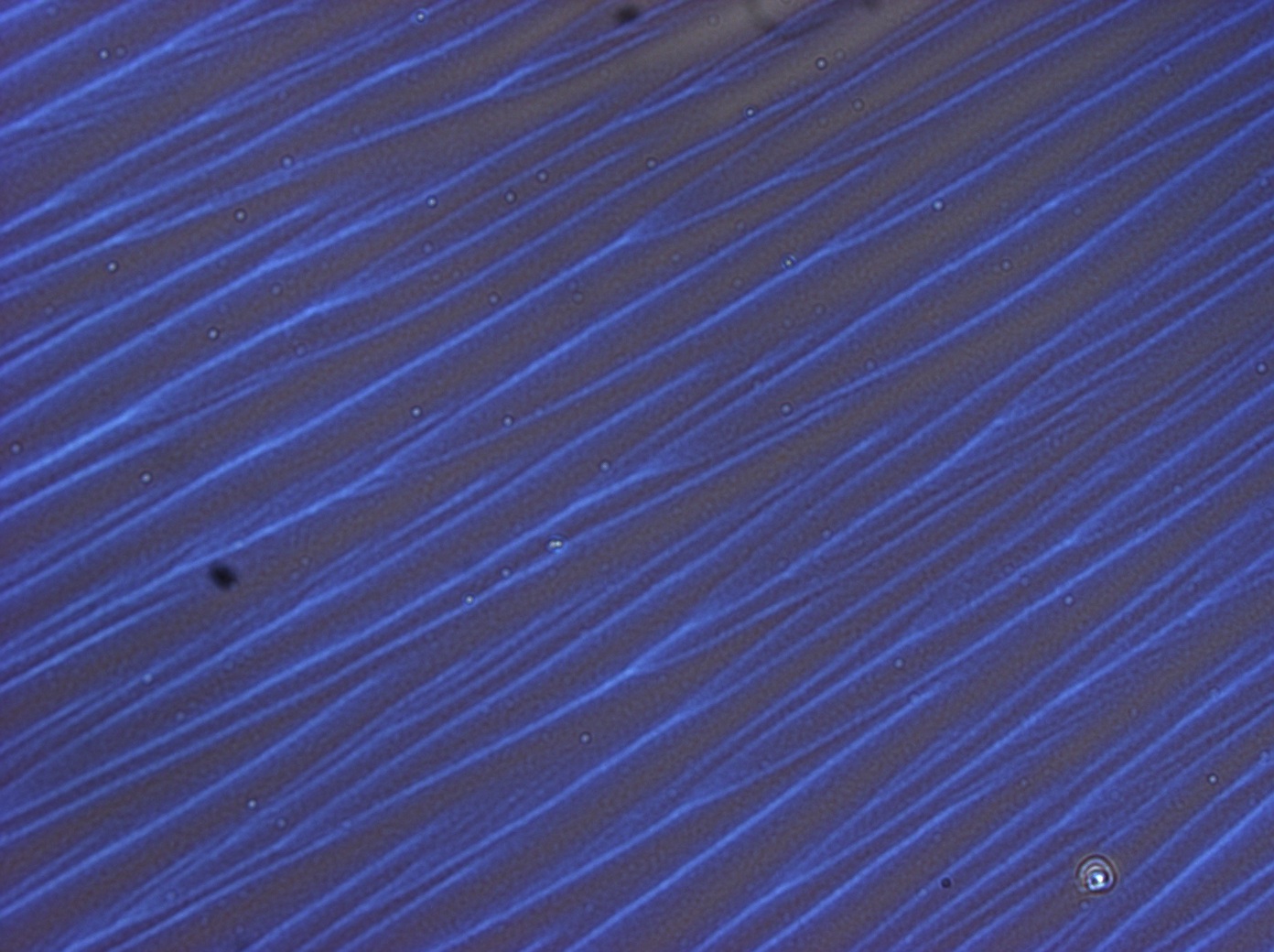Team:Cambridge/Experiments/Reflectin Thin Films II
From 2011.igem.org
(Difference between revisions)
(→Results) |
|||
| Line 13: | Line 13: | ||
==Results== | ==Results== | ||
The centrifugation appears to have reduced the disruption due to impurities in the coated solution | The centrifugation appears to have reduced the disruption due to impurities in the coated solution | ||
| - | [[File:Reflectin Thin Film3.jpg |thumb| | + | [[File:Reflectin Thin Film3.jpg |thumb|500px|left| Reflectin Thin Film made with protein/HFIP solution (not centrifuged]] |
| - | [[File:Reflectin Thin Film 2.jpg |thumb| | + | [[File:Reflectin Thin Film 2.jpg |thumb|500px|left|Reflectin Thin Film made with centrifuged protein/HFIP solution]] |
| - | + | [[File:BSAcontrolfilm1.jpg |thumb|500px|left|Thin Film made with Bovine Serum Albumin/HFIP solution]] | |
| - | + | ||
| - | + | ||
| - | + | ||
==Safety== | ==Safety== | ||
{{Template:Team:Cambridge/CAM_2011_TEMPLATE_FOOT}} | {{Template:Team:Cambridge/CAM_2011_TEMPLATE_FOOT}} | ||
Revision as of 20:52, 28 August 2011
Loading...
Contents |
Reflectin Thin Films II
We refined our methods in a number of ways:
Practice
- Centrifugation of the solutions prior to spin and flow coating to sediment the impurities that caused thickness variations previously. (13000rpm for 10 minutes)
- We introduced liquid CO2 pressure wash to improve cleaning of the silicon substrates
- Trialled spin coating on a glass substrate to allow us to image the way the thin film refracts and transmits light.
- We heat cured the thin films, 10 minutes at 80 or 120 degrees.
- We recorded the reflectance spectra of some of the thin films
- We ran a control using the protein bovine serum albuimin.
Results
The centrifugation appears to have reduced the disruption due to impurities in the coated solution
Safety
 "
"



